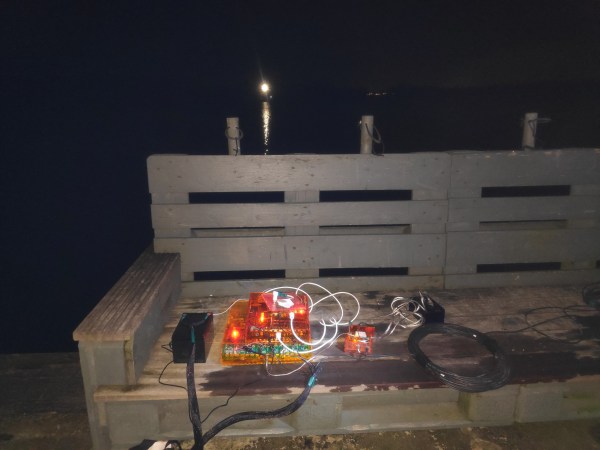Blast fishing — the act of using explosives underwater to kill entire schools of fish with shock waves — has been a widespread problem in the Philippines for decades. Although a few fishermen get rich from the first blast at a fresh site, it isn’t good for anyone in the long term, especially the coral and other sea life. Many blast fisherman use homemade explosives, often at the risk of losing fingers and limbs.
The local authorities have tried many tactics to deter the activity. Where education about the diminishing returns of blast fishing has failed, appeals to religion with strategically placed statuary of the Virgin Mary have been somewhat successful. [Ifthekar ahammad] has another idea, and it involves detecting the explosion, triangulating the position of the blast, and reporting it to the authorities as soon as possible.
The CBobby system works by analyzing the audio spectrum. It looks for transient changes from the ambient background noise levels, and analyzes duration and the frequencies it heard to decide whether there was an explosion or not. Plans to field test this in the Philippines have been dashed by the pandemic, but [ifthekar] has been hard at work testing in Germany with underwater speakers blasting out explosion noises. Already, the system can differentiate the blasts from various environmental sounds like ships, the bellows of large sea creatures, earthquakes, rain, and thunder.
Although the test rig is encased in neon orange acrylic, the actual blast fishing tattler will be disguised as a venomous stonefish, making it as appealing to mess with as fire ants or wasps.
Destructive blast fishing is all-around terrible, even though it’s done for survival. But what do we think of using drones to fish for sport?















